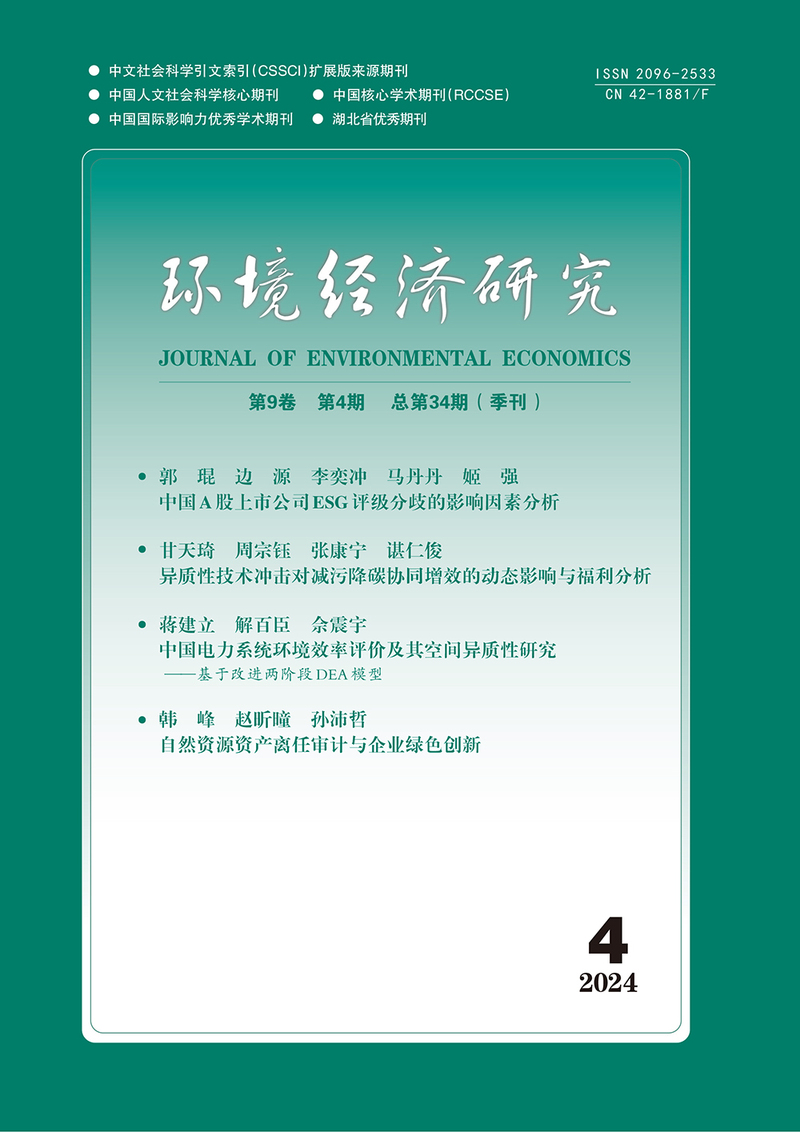Zhang Yuhan, Cong Jianhui, Liu Yuan and Wang Can
摘要:定量评估和比较全球各国落实联合国可持续发展目标即SDGs的现状和进展,有助于识别可持续发展的共性规律和各国的特殊性。本文对100个国家可持续发展的30个现状指标、27个进步量指标进行主成分分析和聚类分析发现:前4个主成分可解释 60.6%的可持续发展国家间差异。高发展水平国家可持续发展综合现状较好,但人均原材料消耗量、人均 CO2排放量依然较高,一些国家自杀死亡率在上升;中高发展水平国家的自杀死亡率、慢性病死亡率大幅下降但依然较高,同时人均原材料消耗量、人均 CO2排放量大幅上升;中等发展水平国家卫生、能源设施和教育大幅改善,但许多国家的生物多样性大幅降低;低发展水平国家卫生、能源设施依然较为落后;在中等发展水平国家和低发展水平国家内部,收入增长差异较大,未来有可能进一步分化。为实现SDGs,中国需要加强气候行动、负责任生产和消费,保护生物多样性,同时可以向其他发展中国家分享提高教育、卫生和能源设施的经验。
关键词:可持续发展目标;分类比较;主成分分析;聚类分析
Abstract: Data-based evaluation and comparison among countries are conducive to reveal commonality and particularity in pursuing Sustainable Development Goals (SDGs). This paper collects data of 30 indicators measuring status and 27 indicators measuring progress, covering 100 countries. Principle component analysis finds the top four principle components can explain 60.6% of difference in sustainable development among countries. High sustainable development countries excel in most SDGs, with declining but still high raw materials consumption per capita and CO2 emission per capita. In medium-high sustainable development countries, suicide rate and chronic disease mortality rate are declining but still high. Raw materials consumption per capita and CO2 emission per capita are surging. Most medium sustainable development countries improved sanitation and energy on a large scale, while biodiversity has plummeted. Most low sustainable development countries had little improvement on sanitation and energy, and some are trapped in a stagnant economy. To achieve SDGs, China should take more efforts on climate action, responsible production and consumption, and biodiversity protection. China can share experience in promoting health, sanitation and energy with other developing countries.
Keywords: SDGs; International Comparison; Principle Component Analysis; Cluster Analysis
基金项目:国家社会科学基金重大项目“联合国可持续发展议程评价体系建设及实现路径研究”(7ZDA077)。
DOI:10.19511/j.cnki.jee.2020.01.005
![]() 引用本文.rar
引用本文.rar ![]() Cite This Article.rar
Cite This Article.rar
